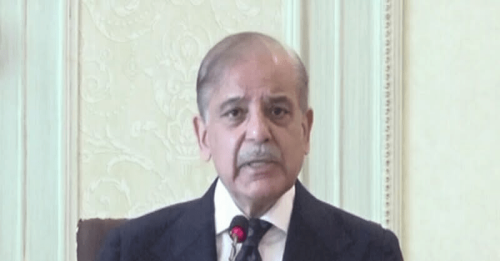TO be generally agreed upon as a classic, works should meet some common high standards for quality, appeal, longevity, and influence. Such a work must be of high artistic quality, at least for the time in which it was written. It should not only represent that era but also should stand the test of time. It should have universal appeal, spark intellectual debates, shape societal attitudes, and be able to inspire generations to relate to its message. While the Holy Quran is a religious scripture, let us examine how at the same time it is a timeless ‘classic’.
Every time one reads the Quran intending to understand its message, one can expect to discover a new perspective from the same text that had previously alluded to a different meaning. This is, in essence, due to the maturity of thought and experience of the individual reading the Quran — the evolution of the mindset between the two instances of reading the same text on two different occasions. However, how one benefits from it is left to the reader, or maybe a more apt term should be the ‘discoverer’ of its message.
The Quran is a grand sum of stories of the past, rumblings of the present, prophecies of the future, rhetorical questions aimed at unbelievers, answers to the ridiculing questions of the disbelievers, description of nature and super-nature, a teaser for what is yet to be discovered, explanation of what is observed but not understood, decrees for a newly forming community, and a lot more. The variety and intricacy of subjects it covers make the Quran an ideal catalyst to spark intellectual debates and keep it relevant 15 centuries later.
The Quran may show you multiple messages on the same page. A busy person may open it randomly to recite just one bit at a given time for blessings. They may come across an anecdote, a warning, a supplication, or a proclamation within that one page. This is one way of ensuring that the reader gets the maximum benefit from even short spurts of reading the text, instead of just learning about one topic. One can always find all verses on a particular topic, which have been assembled and published widely.
Alternatively, one can look up a word or a topic in any modern Quran app if that is the intention. This is, in fact, a higher degree of reading the Quran, a sort of consulting the book. And this is where one really starts discovering the scheme and sophistication of the book.
The Quran may show multiple messages on the same page.
One may find it perplexing when interrelated messages are found to be intertwined or, in other cases, scattered among various surahs and sections of the Quran. However, herein lies the beauty of the scheme of assembly. For a curious reader, this is the start of an exhausting yet exhilarating quest to figure out the puzzle. Often, one finds nuggets of wisdom on a course, and then the trail may seem to disappear. Finding the next clue is a challenge that keeps the reader returning to the book, deepening one’s learning. And once the trail is found again, it brings the euphoria and the urge to get to the next discovery. This structure also fuels the centuries-long appeal of the text, with each new generation unveiling new and improved nuances from the scripture.
The notion may appear elusive, though, if the reader does not even know what the text means. One may learn the Arabic phonics to be able to read the Quran judiciously. But how can one expect to feel a tug at their heart without even realising if the verse they just read was a question or an answer? It is hence imperative that the Quran should ideally be read alongside its translation if the person reading it is not a speaker of the Arabic language. A modern-day person reading the Quran may find the discourse on cosmology, meteorology, or anatomy simplified; but this was the state of humans when the glorious book was revealed. In fact, the permanent beauty of its verses is evident in the fact that human beings in all periods of history have found wisdom in them.
The superior linguistic quality of the Quran for its time of revelation is well established. Its enduring appeal, influence, and impact generation after generation are equally undeniable. Maybe, it is time we open the Quran to study it rather than giving a customary reading. Maybe, we will discover the hidden element whose very narration makes us sway back and forth with its soulful, yet un-decoded charm.
We have a classic in our hands, but its understanding is wrapped up in a silk ghilaf (cover), on the top shelf of the study cabinet. It is time we began to peruse its contents carefully to discover its meaning.
The writer is a freelance contributor.
Published in Dawn, April 26th, 2024













































Dear visitor, the comments section is undergoing an overhaul and will return soon.